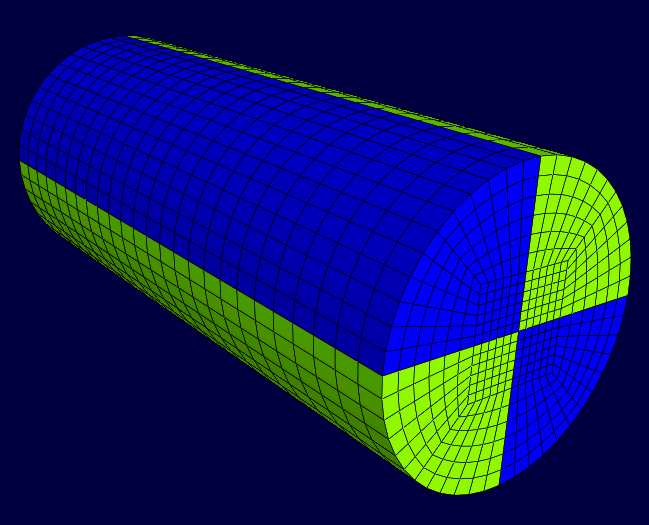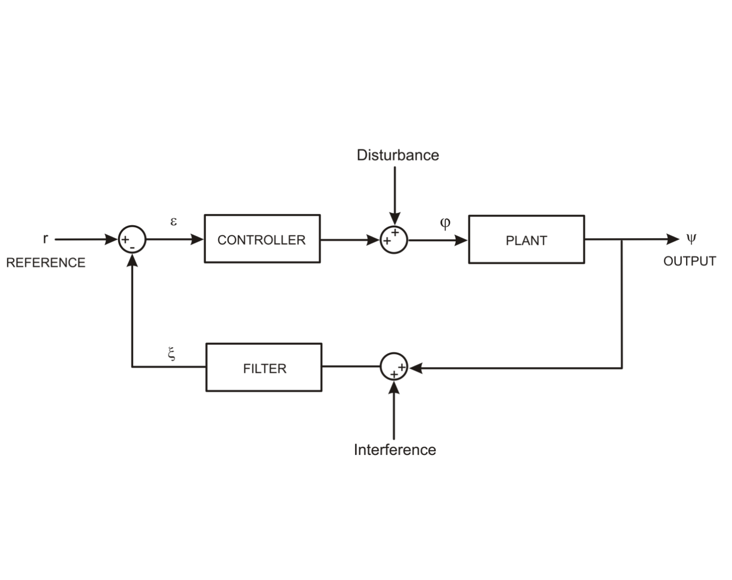Research Topics
These are some instances of a broader interest on the quantitative study of movement. The list is roughly organized by theme and chronologically with the most recent on top.
Gaming for Promoting Fine Motor Control
In stroke rehabilitation, the appropriate use of videogames is more subtle than using a videogame to accomplish a number of exercise reps. One must consider the neurological principles that enable recovery or optimal utilization of remaining motor resources. Instead of repetitions and a specific task, the therapy may actually include non-specific exploration in an enriched environment. Computational methods are key to enable the appropriate mapping between human movement (Biomechanics) and the virtual world (Computational Mechanics) via a computer interface (Control Systems). Games also require a great deal of art.
Quantification of Impact-Induced Brain Tissue Movement
Brain tissue moves as part of every day life, and we can observe some of these movements using an MRI. There are multiple types of traumatic brain injury (TBI) that are not characterized by a massive blow to the head, and can be better understood by observations during mild impacts. The amount of brain deformation follows a pattern influenced by the size of the brain and the intensity of the impact. In comparing several individuals, a very common (almost universal) pattern of movement emerges, including some rotation of the brain within the skull, and intervention of the meninges.
Quantification of Movement of the Tongue During Speech
The human tongue is a muscle complex, where several independent muscles share the same volume. It is still unclear how these muscles cooperate to enable the intricate movements needed to speak, breath, swallow, and other the other activities in which the tongue plays an important role. Further, it is unclear if cooperation patterns are unique or common across individuals.
MRI observations, which reveal structure as well as function, are very useful here. By including information about muscular fiber directions, it is possible to estimate the amount of contraction or elongation in individual muscles. These deformations can be compared using correlations, providing an indication of muscular cooperation. While every tongue is different and moves in slightly different ways, some fundamental cooperation patterns do appear to exist.
Cardiovascular Biomechanics
The heart and blood vessels feature a dynamic interaction between constant deformation (flow) and finite deformation (strain). Experimental observations are often concentrate on a portion of this interaction, but computational methods can be used to aggregate information from different experimental sources and provide a more comprehensive view.
For instance, ventricular cardiomyopathy is often accompanied by a reduction in the heart’s pumping capacity. The reduction in performance includes may signs, such as cardiac tissue remodeling and unbalanced ventricular flow. It is difficult to tell how these contribute to one another. Computational methods have helped discern the effect of scarring, fiber reorientation, and ventricular pressure, revealing how the heart may adapt to increased pressure requirements.
Quantitative Tools for Movement Analysis
Observations of movement involve quantitative tools. Much of my time is devoted in pursuit of opportunities associated with improving or desinging these tools. It is possible to make inferences to augment, or even replace, suboptimal methods with preferred ones. Innovative tools are also needed to compare various types of movement and deformation, because the quantification of these differences is inherently multidimensional and takes place across different geometries.
Dynamic Systems and Control
Movement takes place in real time. As a result, the instrumentation, processing, and intervention needed to capture and alter movement is often transformed into signals that change due to interaction with different systems. This is perhaps the most basic level in which movement can be quantified in current practice. Since the methods are abstract, they can also be applied to human-machine interfaces.






